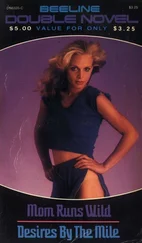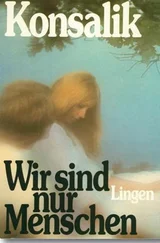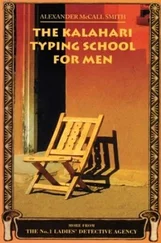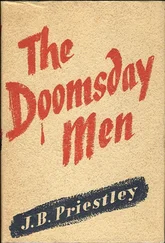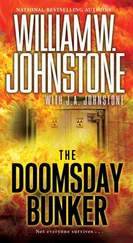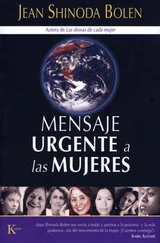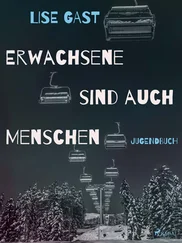In homes right across America, people tuned in to the NBC radio network each Sunday afternoon to listen to the country’s most popular discussion programme – the University of Chicago Round Table . Broadcast since the 1930s, it had become a national institution. Even today the University of Chicago still proudly displays the actual table around which such opinion-formers as John F. Kennedy, Jawaharlal Nehru and Adlai Stevenson discussed the issues of the day. At a time when most programmes were scripted and predictable, the Chicago Round Table had a reputation for lively debates. Listeners who tuned in on 26 February 1950 were not disappointed.
Around the table that day were four scientists who had contributed to the Manhattan Project. Leading the debate was a dynamic, youthful-looking geochemist, Harrison Brown. One of his guests – Frederick Seitz – would later become a much respected president of the US National Academy of Sciences. Another – Hans Bethe – would win a Nobel for stealing the secret of the sun’s energy. The other participant that day was Leo Szilard, about whom a colleague once quipped that he was the greatest scientist never to have won a Nobel prize. Einstein was tieless for his appearance on national television. By contrast, the four scientists who faced each other on 26 February across the famous round table opted for dark suit and tie, even though it was a radio broadcast.
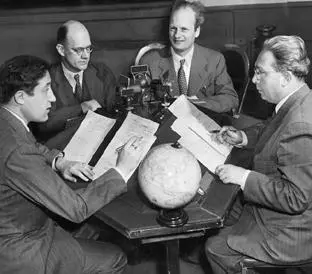
The University of Chicago Round Table, 26 February 1950. Around the table are (from the left), Harrison Brown, Frederick Seitz, Hans Bethe and Leo Szilard.
On the table stood a world globe, the kind that children love to spin. In front of each participant was an angled lectern for their notes. All four men knew each other well. Szilard, Brown and Seitz met every month or so at Einstein’s Princeton home, together with chemist Linus Pauling and biologist Hermann Muller, to discuss the political and social implications of atomic energy. This informal gathering of concerned scientists was known as the Einstein Committee.
It was Professor Bethe of Cornell University who initially took the lead in the Round Table discussion. He was an insider on the H-bomb project and a close friend of Edward Teller, the driving force behind the new bomb. Bethe pointed out that for now the H-bomb – or ‘Hell Bomb’ as it was known in the press 23 – existed only in the minds of its would-be creators. But, he added cautiously, ‘it is possible that we can make this bomb’. 24It would use the energy of an atomic bomb to trigger a fusion reaction, which would be fuelled by heavy hydrogen. When it exploded, for a fleeting instant it would be as though a fragment of the sun itself blazed upon the surface of the earth.
Hans Bethe was ‘the living picture of the thinker’, the descendant of a long line of German university professors, recalled Laura Fermi. 25No one knew more about fusion than this dignified academic mandarin. In a soft but precise voice, Bethe explained that if it were built, the H-bomb would ‘certainly be very large,’ perhaps a thousand times as powerful as the Hiroshima bomb. In the future, he predicted, even the biggest cities, such as New York, could be destroyed with a single bomb.
Frederick Seitz, aged 39, had just become professor of physics at Illinois University. In the 1930s he’d been Eugene Wigner’s first graduate student at Princeton. This balding and rather grave-looking man was one of the eleven physicists who had supported Bethe’s call for America to rule out first use of the H-bomb. This afternoon he contributed a frightening figure to the debate.
The ‘flash effect’ of a hydrogen bomb would, he said, cover at least twenty miles. In other words, even that far from the explosion you would receive severe, life-threatening burns. At Hiroshima, where so many thousands of people were horrifically burned, the flash effect extended for less than a mile. The casualties from an H-bomb would be numbered in the millions, but no one around the table appeared visibly shocked. The figures they dealt with in their daily work were faceless.
Harrison Brown glanced down at his notes, and then turned to Hans Bethe, saying, ‘One sees in the press, from time to time, statements concerning destruction by another source – namely, radioactivity.’ This was the new possibility Einstein had raised on Eleanor Roosevelt’s programme. Today, Bethe confirmed Einstein’s worst fears about the invisible killer, radioactivity. He explained how the neutrons produced by the exploding hydrogen bomb would create radioactive carbon-14 in the atmosphere: ‘This isotope of carbon has a life of 5,000 years. So if H-bombs are exploded in some number, then the air will be poisoned… for 5,000 years.’ Almost as an afterthought, he added: ‘It may well be that the number of H-bombs will be so large that this will make life impossible.’
Leo Szilard was listening intently to Bethe, who was seated to his right. The German physicist was eight years younger than Szilard, who had just turned 52. The two scientists had very different characters. Bethe was a brilliant theorist as well as a good team player, an increasingly vital skill in the post-war era of so-called big science. Szilard thought teams belonged on football pitches. Science, for Szilard, was a personal battle of wits between him and nature. Einstein, who had been his friend for thirty years, shared this view. For both men, nature was a mysterious and sublime realm, a source of unending challenge and inspiration. Neither man liked the new corporate science that had grown out of the Manhattan Project, with its big budgets and bureaucratic procedures.
As Bethe finished speaking, Szilard’s eyes sparked with a sudden intensity. He had been waiting for this moment. He began by disagreeing with Bethe’s view of the threat from radioactivity. ‘It would take a very large number of bombs’, said Szilard, ‘before life would be in danger from ordinary H-bombs.’ But, he continued, ‘it is very easy to rig an H-bomb, on purpose, so that it should produce very dangerous radioactivity.’ He then proceeded to give his listeners, both around the table and in their homes across America, a lesson on how to construct a doomsday bomb.
First he explained how an atomic explosion creates dangerous radioactive elements. ‘Most of the naturally occurring elements become radioactive when they absorb neutrons,’ he said. ‘All that you have to do is to pick a suitable element and arrange it so that the element captures all the neutrons. Then you have a very dangerous situation. I have made a calculation in this connection. Let us assume that we make a radioactive element which will live for five years and that we just let it go into the air. During the following years it will gradually settle out and cover the whole earth with dust. I have asked myself: How many neutrons or how much heavy hydrogen do we have to detonate to kill everybody on earth by this particular method?’
Szilard paused and looked around the table as if expecting a reply. ‘I come up with about 50 tons of neutrons as being plenty to kill everybody, which means about 500 tons of heavy hydrogen.’
Harrison Brown watched Szilard intently, trying to absorb the implications of what he was saying. His head was large, almost imposing, but with chubby, boyish features. Swept back from a high forehead was a mane of thick dark hair through which ran a flash of grey. After his death, a friend would memorably describe Szilard’s boyish face as being like that of a ‘sad, gentle, mischievous cherub’. 26
‘You mean, Szilard,’ said Brown, ‘that if you exploded 500 tons of heavy hydrogen and then permitted those neutrons to be absorbed by another element to produce a radioactive substance, all people on earth could be killed…?’
Читать дальше



